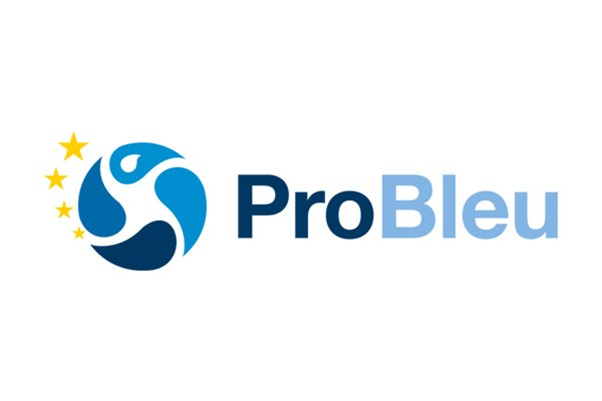HOBB
HOBB - Hafið okkar - Blue Bolungarvík

Hafið Okkar (Icelandic for “Our ocean”) – Blue Bolungarvík (HOBB) is a citizen science and ocean literacy project funded by the European project called “ProBleu” which aims to boost ocean and water literacy. HOBB is a collaborative project between the Bolungarvík elementary school and the University Centre that aims to connect students to the ocean in new and exciting ways. The ocean and its resources are intimately linked to Icelandic culture, history, and community development, especially in the Westfjords of Iceland which is close to productive fishing grounds. As the same time, smaller schools and rural communities often lack the resources to develop innovative educational projects. HOBB will therefore provide the much-needed spark to create ocean citizens– becoming a hob like in the kitchen, where ideas and knowledge come together, there is a spark, and then something new is created. The project is based on the intersection of the opportunities for citizen science in Iceland and monitoring invasive species, and how topics like invasive species and changing waters related to larger issues of biodiversity and protected waters.
Major aims
HOBB’s major objective is to inspire and engage primary school students of all ages through ocean literacy to be become ocean leaders – students will conduct citizen science by monitoring for invasive crabs, build community by working with other schools, explore art as a medium for ocean literacy, understand the meaning of protected areas, and engage in modern science communication with a podcast series.
Objectives:
- Improve student understanding of the invasive Atlantic rock crab: where did it come from, what do we know, what more do we need to know, how can everyday citizens help?
- Ignite interest and passion for current marine issues like invasive species, protected areas, biodiversity, and climate change.
- Engage students in ocean literacy efforts that include science communication.
Major Activities
- A) Funnel trap sampling and data analysis
- Monitoring nearshore coastal habitats for crabs using funnel traps. Students in all grades work with teachers to set out traps with bait. Students record numbers, sex, size, and other environmental characteristics (e.g. water depth & temp). Older students use the data in science class and math class.
- Students will build their own plankton sampler “babylegs” in order to sample for crab nauplii and other plankton.
- B) Communications: Podcast and artwork
- Students also use findings from the funnel traps to reflect and inspire. They create artwork and a podcast series based on their experiences, findings, and what is most interesting to them. The podcasts can be made in several languages, and the art can be displayed in public spaces/events. Students will have access to the researchers in the BioProtect project to inspire the podcast series.